Sources of weather and climate data
-
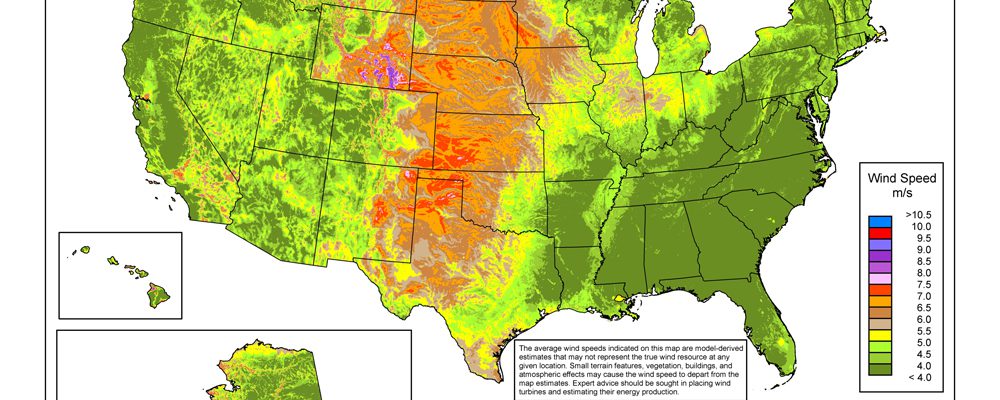
Wind energy is of limited use in the Southeast, where winds tend to be light for much of the year when high pressure is sitting over the region. The most common places to find wind towers are along coastlines or in mountainous areas along ridges. If you are interested in finding more information about wind…
-
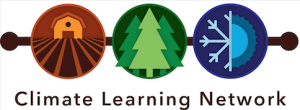
This week Thursday August 16 at 3 pm EDT I will be giving a webinar through the Climate Learning Network on sources of weather and climate data online. I am gearing this talk towards Extension agents in the Southeast but most of what I discuss will be broadly applicable to other parts of the US…
-
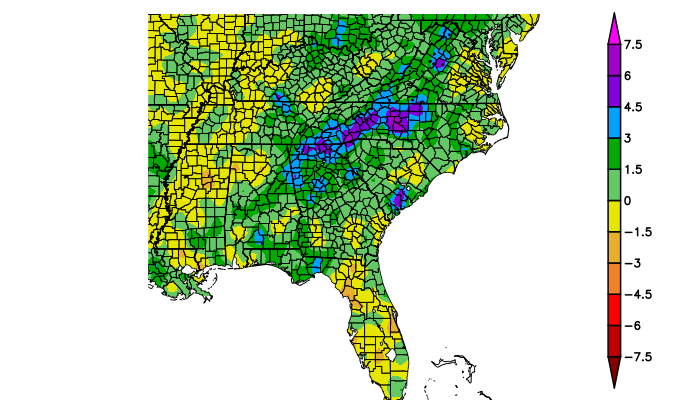
The Southeast has the wettest area in the US for the first 12 days in August 2018. While most of the country is below normal in rainfall for the month so far, most of the Southeast has received plenty of rain so far, especially along the spine of the Appalachian Mountains. The driest areas are…
-
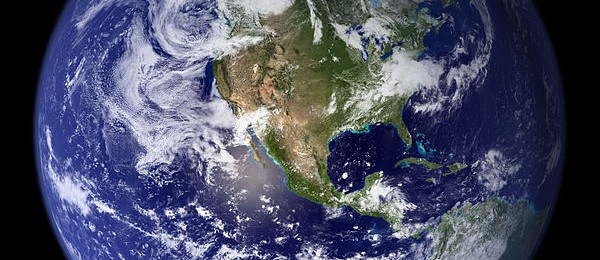
Most of the readers of this blog probably do not use GIS in their daily work, but if you do, here is a unique opportunity to try out a new GIS portal for climate data from the High Plains Regional Climate Center. Here is information on how to access the GIS files from Natalie Humphlett…
-
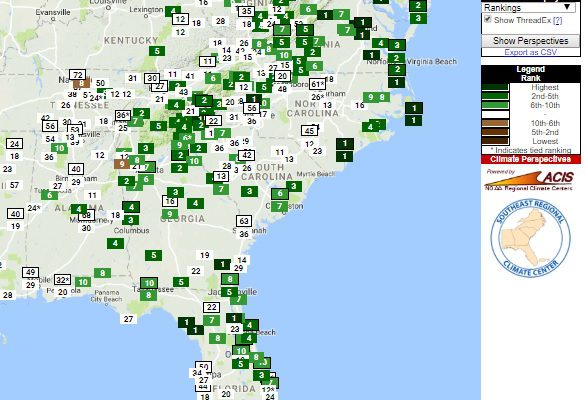
According to calculations provided by the Southeast Regional Climate Center on their Perspectives tool, the last May 3 through August 3 (three months) has been in the top ten wettest in many parts of the Southeast. In Virginia and at a few scattered locations elsewhere it has been the wettest on record. The only places…
-

The U. S. Drought Risk Atlas from the National Drought Mitigation Center is an online resource that allows decision-makers to determine how drought has affected their community in the past and how frequently it occurs. The interactive map format allows you to search by station or by latitude/longitude or on a map and allows you…
-

Here’s a great site for looking at historical climate as well as projections of future climate. It’s called the Climate Explorer and is part of the US Climate Resilience Toolkit. It allows you to search by location anywhere in the contiguous US or by variable, including temperature, precipitation, and degree days and provides projections out…